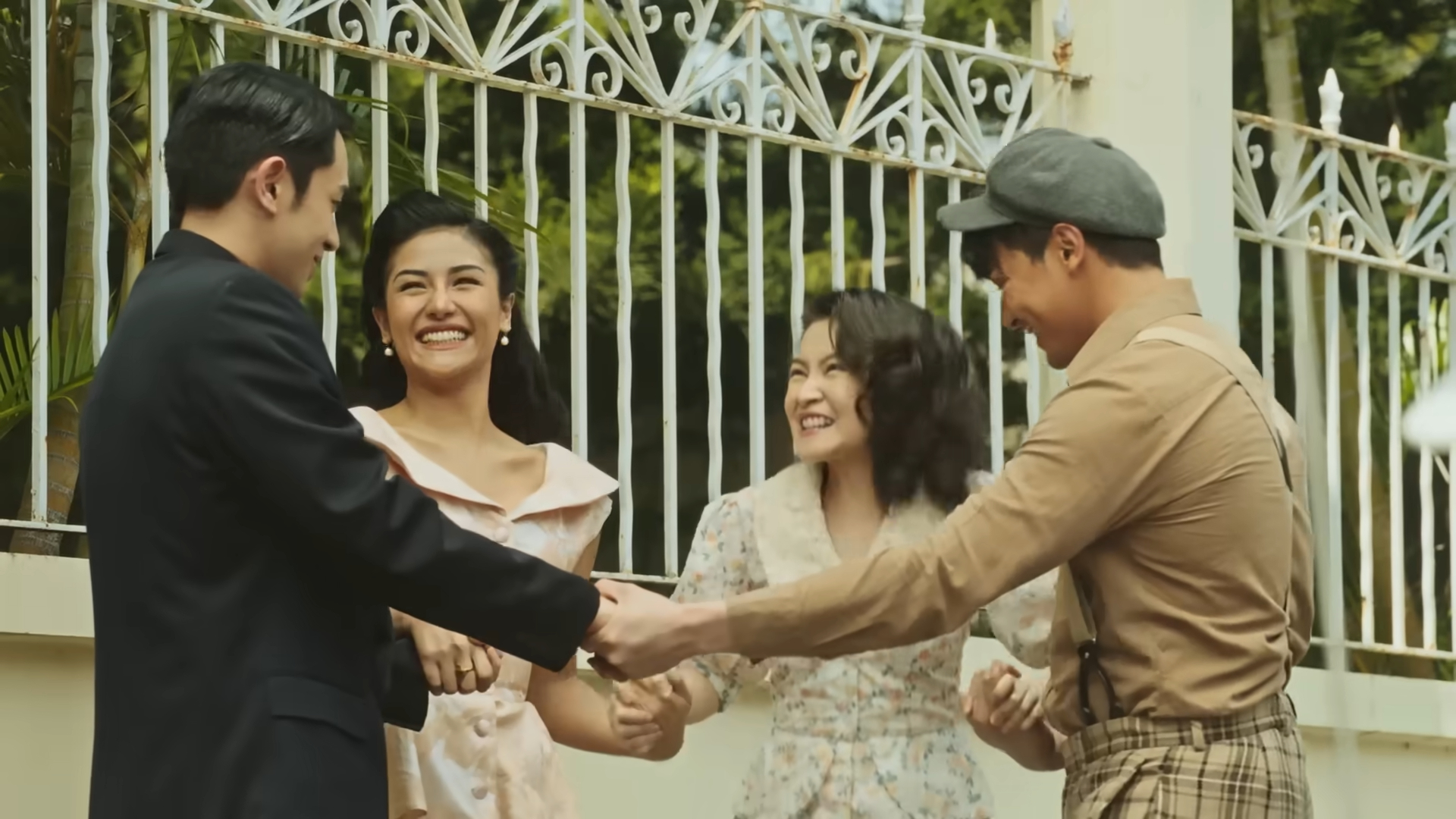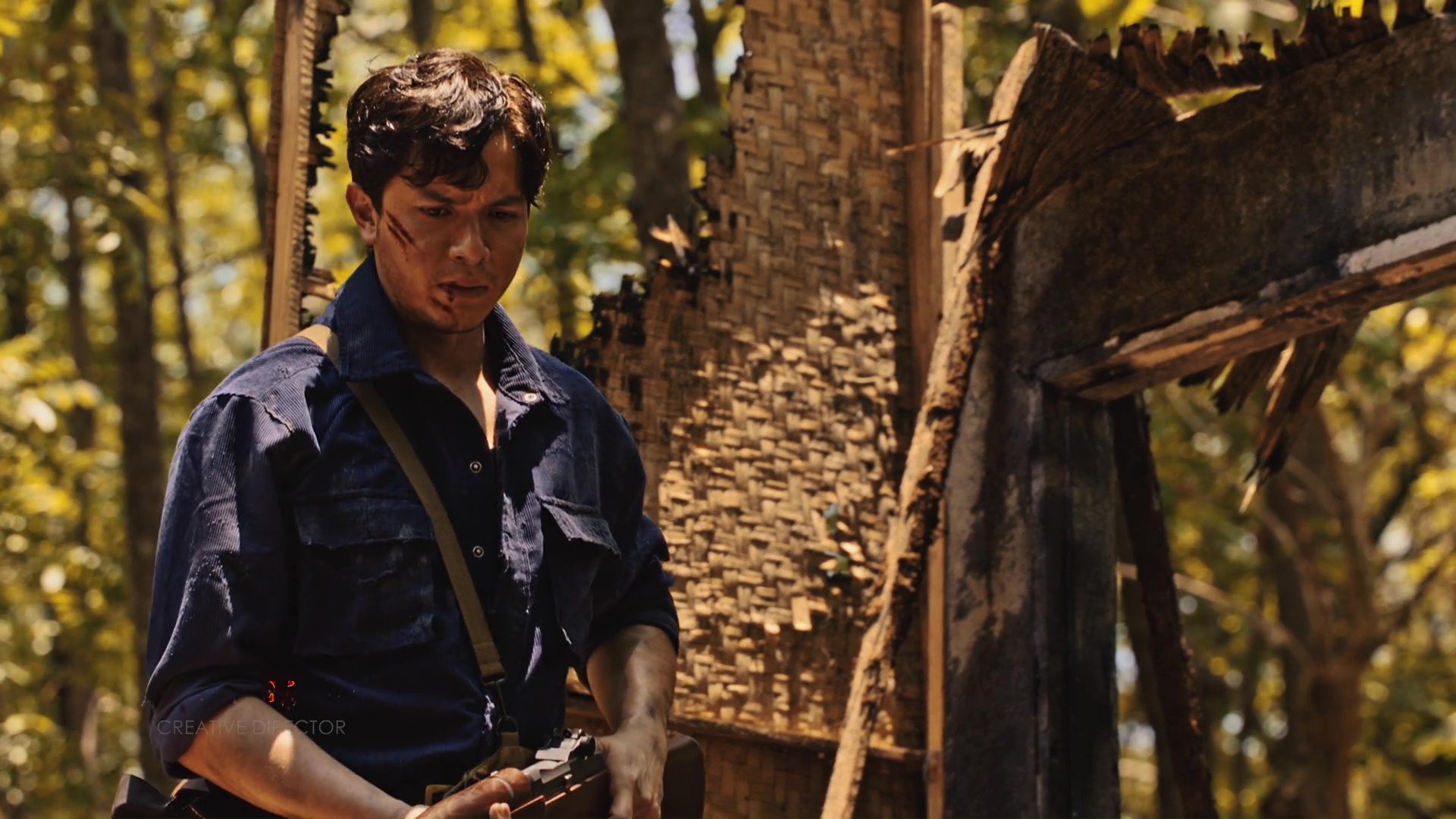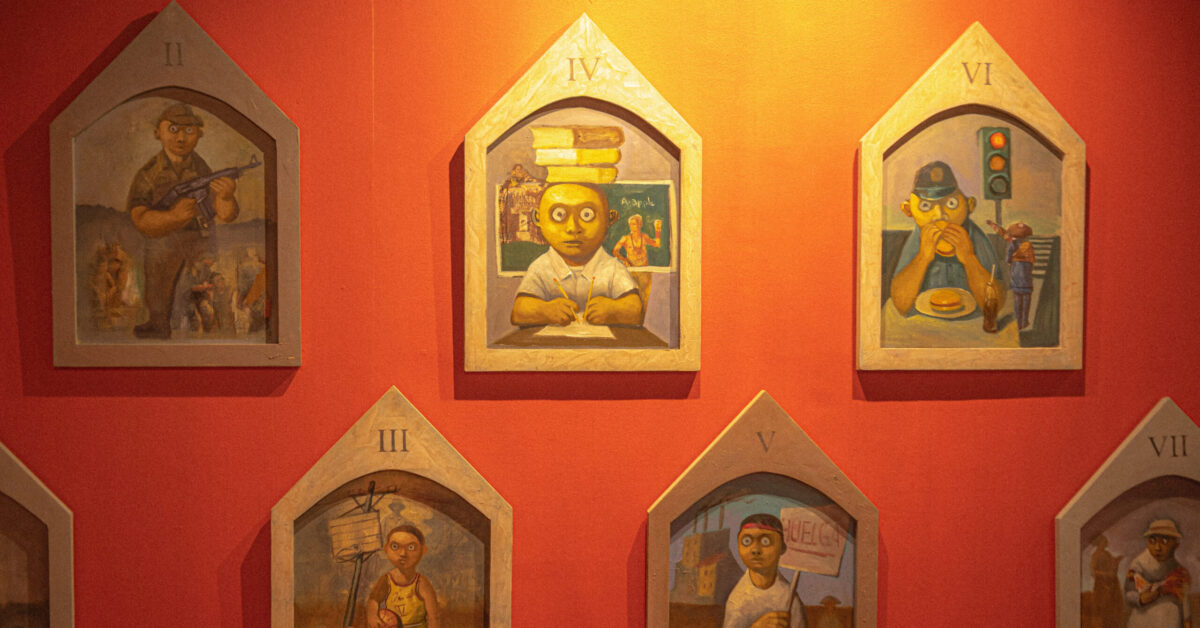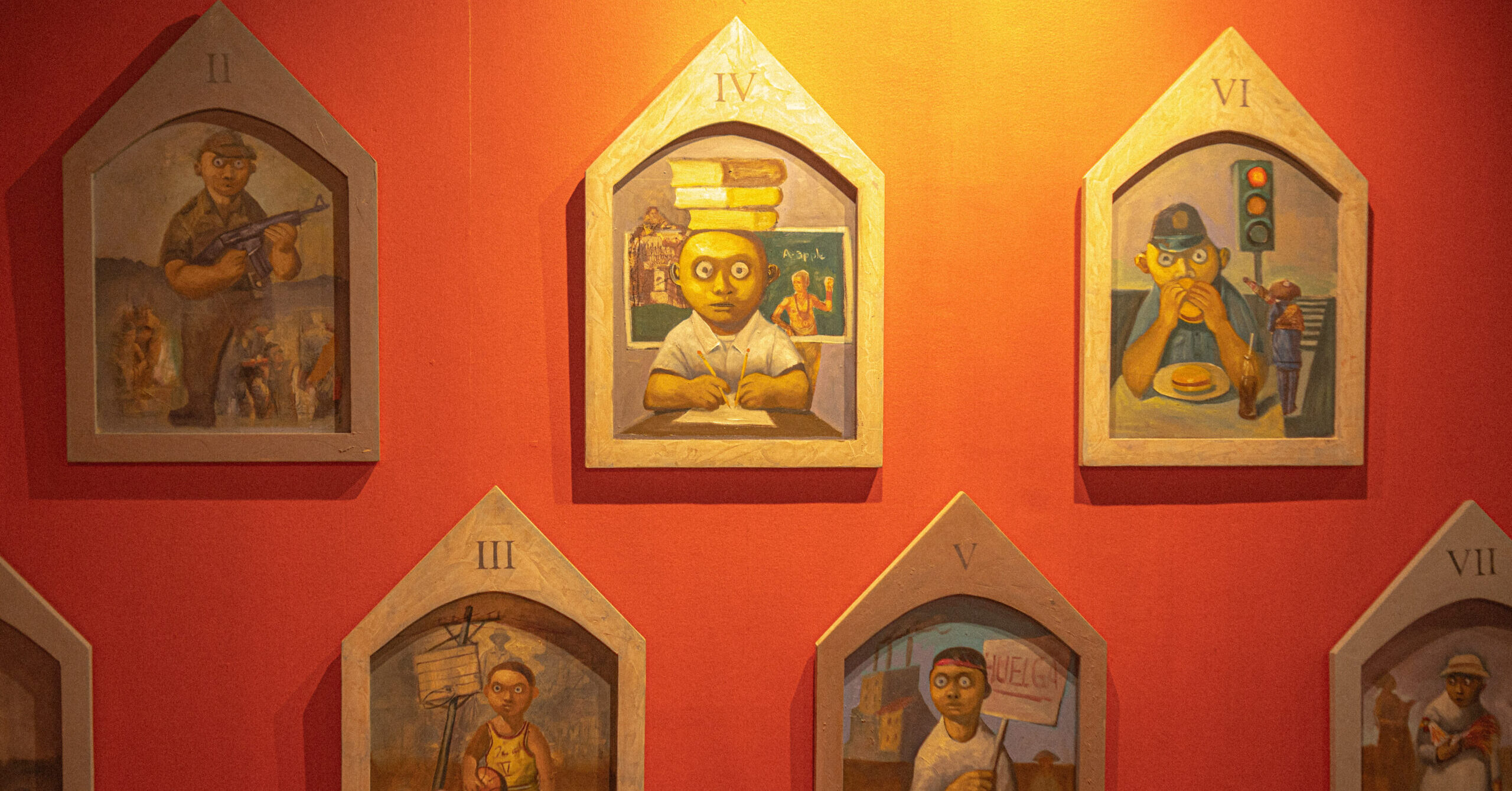From “supling” to “sanggano,” GMA’s historical drama revives rare and poetic Filipino vocabulary
(Note: Spoilers ahead)
The 2024 GMA television drama series “Pulang Araw,” directed by acclaimed filmmaker Dominic Zapata (known for the 2005 hit “Mulawin”) and written by the brilliant Suzette Doctolero, has inspired a deeper appreciation for our language.
With its poetic script, viewers are taken through the dramatic, emotions-wrought journey of four, closely-linked characters during the Japanese occupation of the Philippines—from childhood to adulthood during World War II that began in 1939.

The four friends include the compassionate belle, Teresita “Moreno” Borromeo (Sanya Lopez), her cartoonish and over-expressive half-sister Adelina Dela Cruz (Barbie Forteza), Adelina’s half-brother Eduardo Dela Cruz (Alden Richards), and the group’s longtime friend, Japanese soldier Hiroshi Tanaka (David Licauco).
Adding depth to the ensemble is the complex character of Colonel Yuta Saitoh (Dennis Trillo), a Japanese Filipino officer whose ruthless character is imbued with surprising moments of honor and tenderness. (But for the most part relentlessness).
As someone who admittedly is not a very good Filipino speaker due to studying at an international school, I’ve found this series to be a helpful and educational window into the depth and nuance of the Filipino language.
While the 110-episode series is winding down, now entering the 80th-show mark, this recap of interesting words and phrases covers the early episodes up to the mid-20s, which indicate some cultural significance and historical weight.
Supling
A sweet-sounding word meaning “baby” or young child.
In the early part of the series, we see Teresita, Adelina, Eduardo, and Hiroshi as four children happily frolicking through the fields, and dropping by old Manila restaurant haunts, like the famed Tom’s Dixie Kitchen. During these halcyon days, Eduardo and Adelina’s mother Fina Dela Cruz (Rhian Ramos) affectionately refers to her children as her “supling.”

Huwarang
Some people may already be familiar with this word, with its root word “huwaran,” but it changes context within the show.
As adults, after Eduardo suffers wounds in a tussle, Teresita tenderly nurses Eduardo’s wounds. Eduardo tells her, “Nasa iyo lahat ng katangian ng isang huwaran na babae.”
While modern translations might simplify huwaran to “awesome,” in this context, the word carries deeper significance, encompassing notions of honor, idealism, and exemplary character.
READ: Discover the art of holiday gifting with Rustan’s curated collections
Sanggano
The series also introduces us to “sanggano,” a term with Spanish origins that is also used in Filipino culture. Teresita’s mother, Señora Carmela Borromeo (Angelu de Leon), is a consistent antagonist in the show. During a tense confrontation involving Eduardo and Señora Carmela, she tells her driver about to wrestle Eduardo, “Hayaan mo na ang sanggano.”
The term, meaning a good-for-nothing or thug, shows how Filipino as a language has adapted Spanish terminology.
Its origins come from the Spanish word “zángano” which literally means a drone, or male bee, which is a kind of bee that does not work. So figuratively, it refers to a lazy person. Over time, it evolved in Filipino to refer to someone who is rowdy or a troublemaker.

Magkaila
The complexity of wartime relationships, especially between Filipinos and Japanese, is shown with “magkaila” when Adelina denies her feelings for her longtime Japanese friend Hiroshi.
The verb, meaning to deny or disclaim, carries more weight in the scenes dealing with forbidden love and divided loyalties.

**
Other interesting but more common words in the show include “kakarampot” referring to a meager Christmas dinner when the Japanese began to bomb Manila. Or deeper, more Spanish-influenced words like “binablanca,” which means to hurt, and the cutesy-sounding “kerengkeng,” meaning a flirt.
I also hadn’t heard the swear word “lintik” in a while. It literally translates to “lightning be cursed upon someone or something” and serves as a more elegant way of swearing, fitting for the reserved manners of the time, even at the center of a war.
These are just a few of the rarer vocabulary highlights from the earlier episodes of this 110-part series. The show has since escalated, reaching heights of action-packed drama and intense passion, along with the timeline of World War II.
In a world where we communicate in bursts of autocorrected Taglish, often sacrificing depth for speed, “Pulang Araw” feels especially relevant. The show, while entertaining, highlights the importance of looking back to history and keeping the roots of language alive—in a very different world that was only less than a century ago.
READ: New collab alert: Miko Calo and 5 of Manila’s best chefs










































